You can contact LEARNZ, part of CORE Education, at:
Postal Address:
PO Box 13 678,
Christchurch 8141,
New Zealand
A team of archaeologists from Auckland have been excavating a site at Mangahāwea Bay on Moturua Island since 1981. Their findings, combined with traditional Māori knowledge, tell us that Mangahāwea Bay was one of the first places in Aotearoa where the ancestors of modern Māori settled after their long journey from Polynesia about 700 years ago.
Archaeologists look at evidence, usually found in the ground, to study human history. At Mangahāwea this evidence includes hāngī pits, kūmara and taro gardens, food storage pits, shellfish such as limpet, fish, seal and moa bones, fishhooks and tools made from shells and obsidian rock.
Interestingly archaeologists have found bones of Moa and a large limpet shell at Mangahāwea. Both Moa and this large limpet died out within 200 years of human arrival so anyone eating these animals must have been among the first people here.
Archaeologists also look at the style of artefacts. Fishhooks found at Mangahāwea were carved from a single piece of bone or pāua shell in a Polynesian style. This suggests the carvers had brought these carving skills with them from another place.
Radiocarbon dating of biological objects (eg bone and wood) suggests people were living at Mangahāwea in the 1300s.
(Radiocarbon dating is where scientists measure the amount of a radioactive form of carbon (carbon-14) retained in a once-living object. Because carbon-14 decays at a known rate, scientists can then determine its age.)
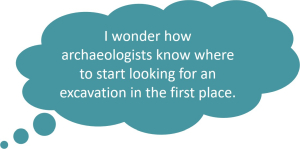
In 1981 a pendant was found at Mangahāwea, made from what looked like a pearl oyster shell only found in warm Pacific waters. Did the shell come from tropical waters, brought here by the earliest generations of Polynesian settlers? Further studies in 2017 found that although it had Polynesian form, it was more likely made from a piece of large pāua shell found locally.
The artefacts and features uncovered during the excavation at Mangahāwea complement the oral traditions held by Ngāti Kuta and Patukeha. Ngāti Kuta kaumatua, Matu Clendon, knows all the stories of Mangahāwea, and of Ngāti Kuta. The story of the arrival, as it was told to Clendon, goes that after Kupe discovered Aotearoa, the ancestors planned the voyage of the seven founding waka. The colonists headed for Rakaumangamanga, or Cape Brett. This was one of the waypoints in the Polynesian triangle - the others being Rapanui (Easter Island) and Taputapuatea, in Tahiti. When they got there, the waka all split off, hence the translation of Rakaumangamanga - "to branch".
As newcomers arrived, they named places after things that held special relevance for them. For instance, most of the names in the Bay of Islands seem to link back to Tahiti. In the bay, there's a "Poroporo" island - or Bora Bora (an island near Tahiti). The most significant is the name given to the tiny island off the north of Mangahāwea Bay - Rangiātea. Clendon says it's a transliteration of Tahitian island "Ra'iatea", the home of the sacred site Taputapuatea and the cultural centre of the Polynesian world.
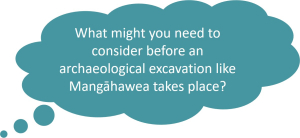
Moturua Island sticks out as you come through the Bay of Islands passage. It is likely waka would have circled and found Mangahāwea Bay a good place to settle. As an island it may have been easier to defend. It is also a sheltered bay, with fresh water and close access to the open sea.
There were likely thatched huts made from nīkau in a small village setting surrounded by a fence. The people would have used hāngī for cooking, had a garden with such items as taro and kūmara. Waka would have lined the shore, used for excursions and fishing.
The Mangahāwea excavation has shown how early Polynesian arrivals to Aotearoa New Zealand adapted to an unfamiliar environment and climate.
They made tools from new materials like shells and rocks. At first, these tools were made in a more Polynesian style, like the ‘pendant’. The style and form of these tools gradually changed to suit Aotearoa’s unique environment.
For example, in the earliest stages of occupation there are a lot of one-piece fishhooks. These are designed to catch bigger fish that live in deeper waters, a fishing style common in Polynesia. Although you can use these techniques within New Zealand waters, you don’t need them to catch fish. You can catch fish in waters that are more sheltered. Also, for effort needed, versus number of fish caught, large community-maintained fishing nets are more efficient. Although there is no archaeological evidence of fishing nets at Mangahawea, there is a change in fish species and size of fish caught. One-piece fishhooks as a tool become less prominent through time.
Evidence of gardening practice also shows adaptation to a new land. Taro is the earliest cultivated food. Kūmara follows taro as understanding of the soil and environment improves. When Europeans introduce white potatoes, traditional kūmara gardening adapts to this form of potato.
Polynesians from tropical islands would have found both challenges and opportunities arriving in subtropical New Zealand. They would have found the seasons to be different and the size of the land much greater than they were used to. Most Pacific Island plants can grow all year round. In Te Tai Tokerau they had to adapt to a ‘winter’. The land offered unlimited space and forests of great diversity.
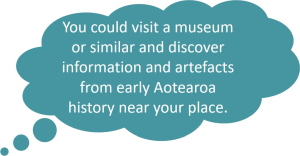
mangahawea-te-reo-english from LEARNZ on Vimeo. In this video, Kipa Munro talks with two young uri/descendants of Ngāti Kuta and Patukeha about their experience assisting with the Mangahāwea archaeological excavation. NB: This video is in both English and te reo Māori.
mangahāwea-english from LEARNZ on Vimeo. In this video, Andrew talks with John/Hone about his connection to Mangahāwea and how he has contributed to the Mangahāwea archaeological excavation.
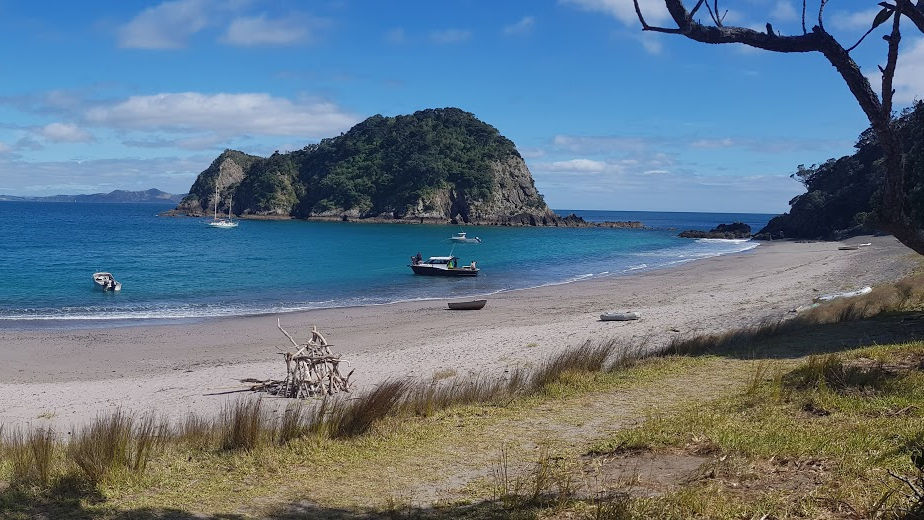
Mangahāwea Bay was one of the first places in Aotearoa where the ancestors of modern Māori settled. Image: Andrew Penny, LEARNZ.
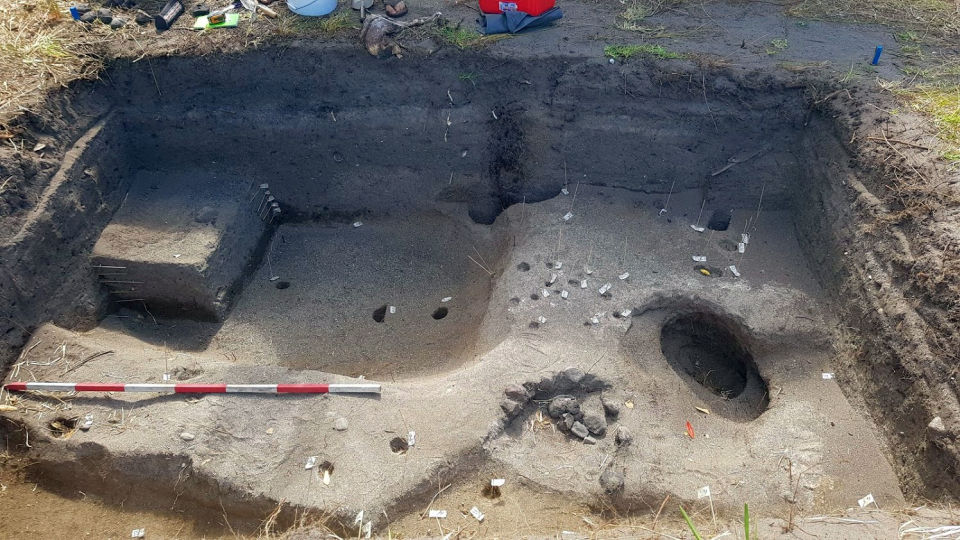
Archaeologists look at evidence, usually found in the ground, to study human history. Image: Andrew Penny, LEARNZ.
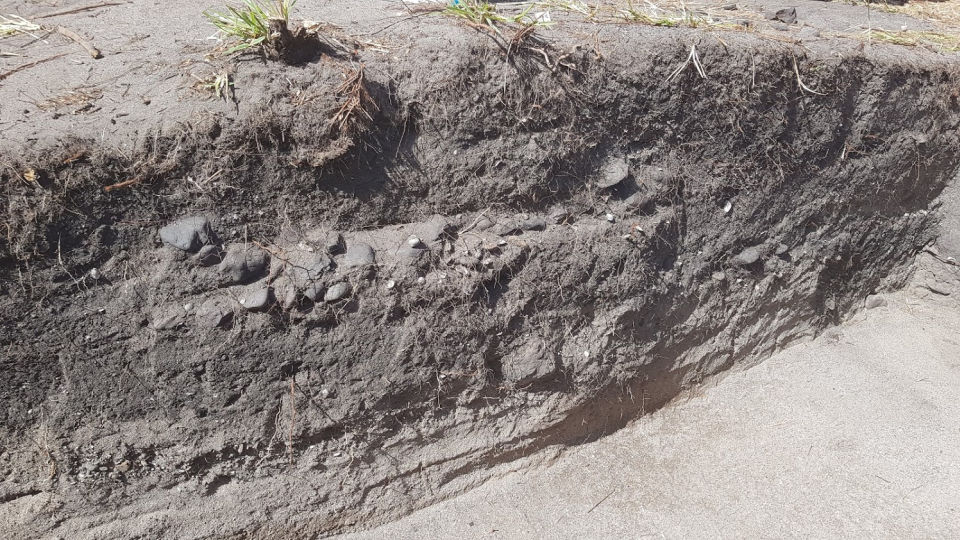
Radiocarbon dating of biological objects (eg bone and wood) suggests people were living at Mangahāwea in the 1300s. Image: Andrew Penny, LEARNZ.
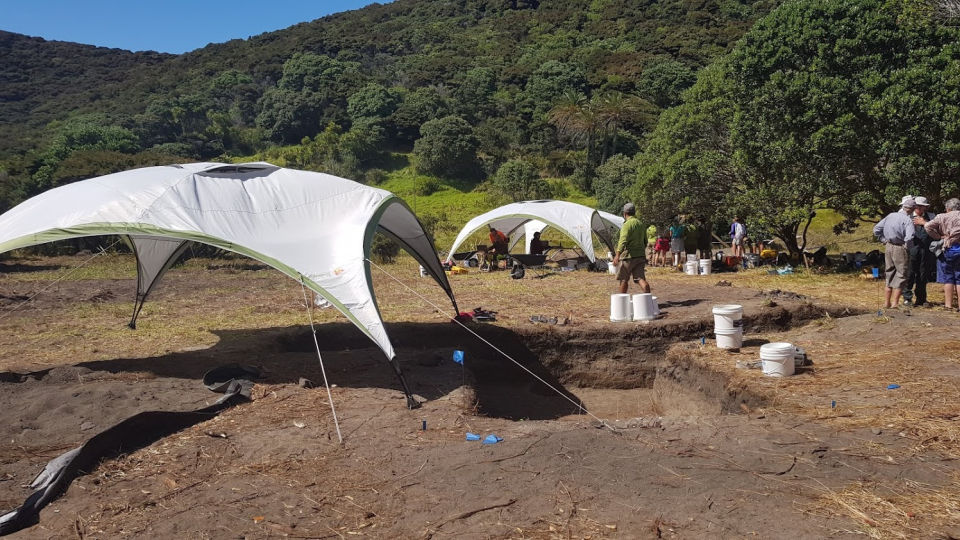
The Mangahāwea excavation has shown how early Polynesian arrivals to Aotearoa New Zealand adapted to an unfamiliar environment and climate. Image: Andrew Penny, LEARNZ.
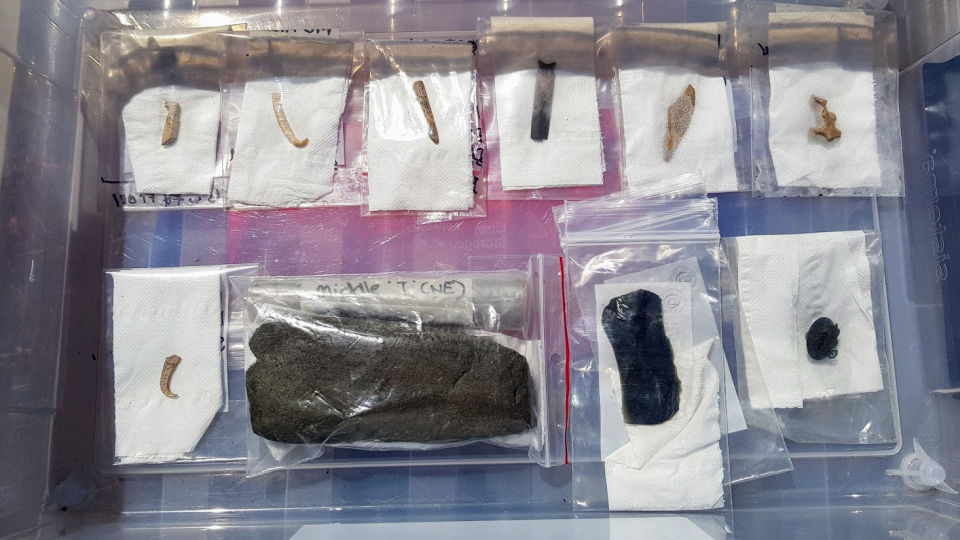
The artefacts and features uncovered during the excavation at Mangahāwea complement the oral traditions held by Ngāti Kuta and Patukeha. Image: Andrew Penny, LEARNZ.